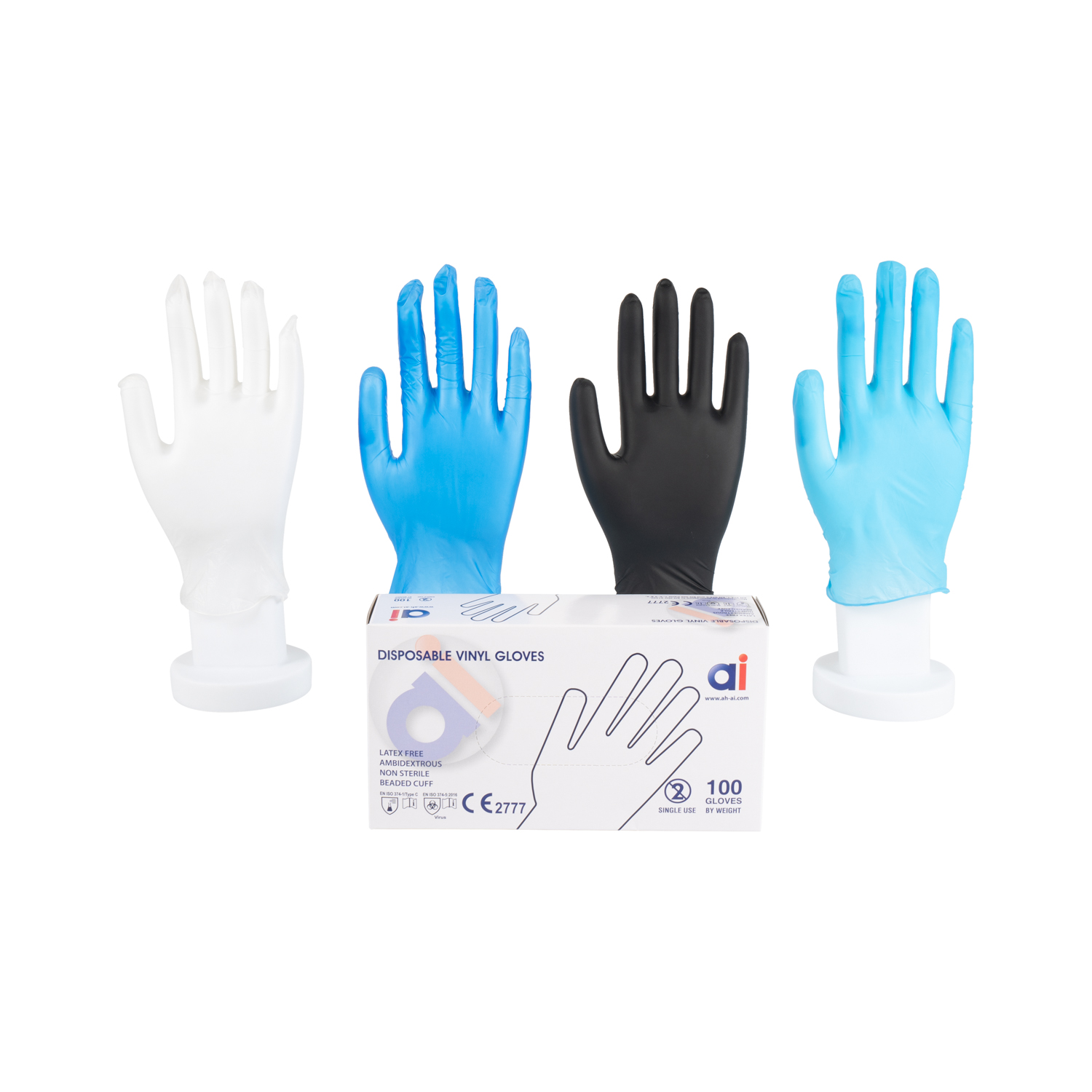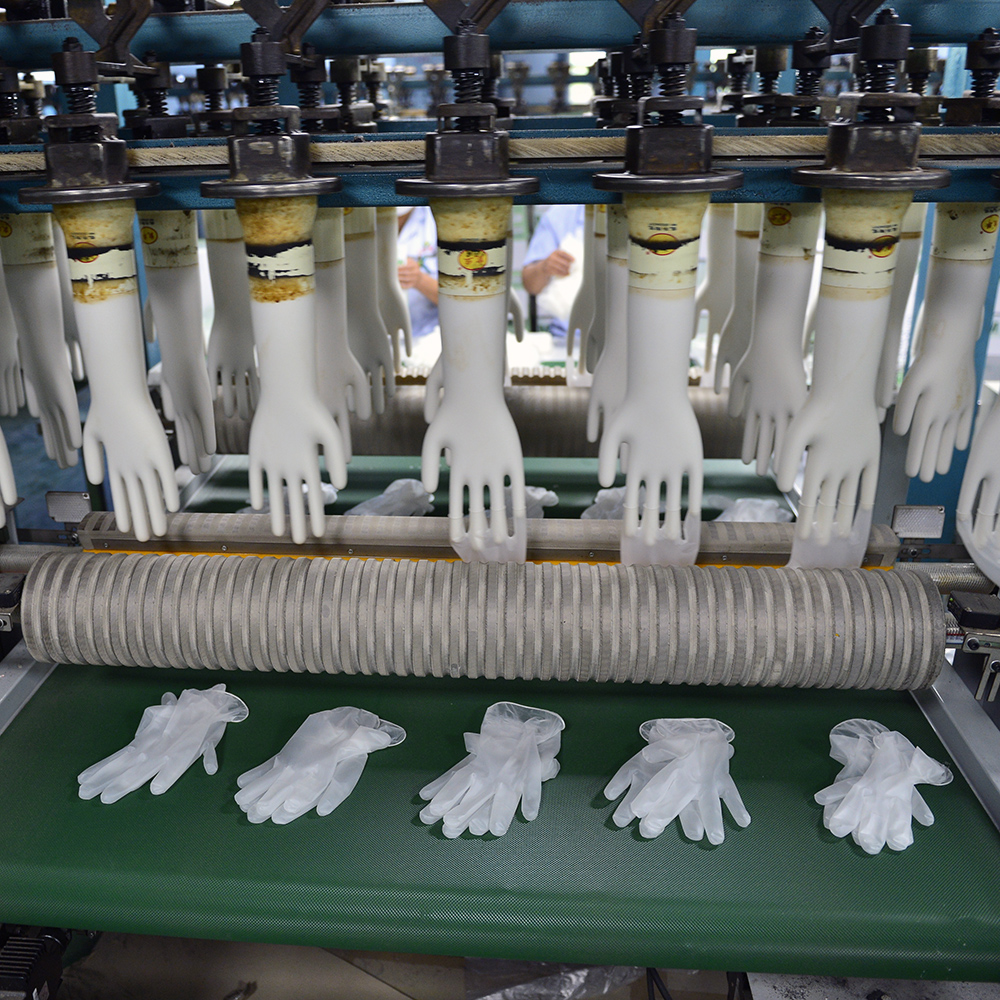Nitrile gloves are a staple in healthcare, laboratories, food processing, and countless industries due to their durability, chemical resistance, and hypoallergenic properties. However, a critical question often arises: Can bacteria grow on nitrile gloves? The short answer is yes—but the risks depend on how gloves are used, stored, and maintained. In this blog, we explore the science behind bacterial growth on nitrile gloves and how to mitigate contamination risks.
The Science of Bacterial Growth on Surfaces
Bacteria require three key factors to thrive:
- Nutrients: Organic matter (e.g., skin cells, food residue, bodily fluids).
- Moisture: A damp environment.
- Time: Prolonged exposure to favorable conditions.
Nitrile gloves, like any surface, can become a breeding ground for bacteria if these factors are present. However, nitrile’s non-porous structure and chemical composition inherently reduce microbial adhesion compared to materials like latex or vinyl.
Why Nitrile Gloves Aren’t “Antibacterial”
While nitrile is resistant to punctures and many chemicals, it is not inherently antimicrobial. Bacteria such as Staphylococcus aureus, E. coli, and Pseudomonas aeruginosa can colonize gloves if:
- Gloves are contaminated with organic material (e.g., blood, sweat, food).
- They are reused or worn for extended periods.
- Gloves are stored improperly (e.g., in humid environments).
A 2018 study in the American Journal of Infection Control found that glove contamination increases significantly after 15–30 minutes of use, especially in high-touch environments like hospitals.
Key Factors Influencing Bacterial Growth on Nitrile Gloves
- Duration of Use
Prolonged glove wear creates a warm, moist microenvironment between the glove and skin—ideal for bacterial proliferation. The FDA and CDC recommend changing gloves:
- After touching contaminated surfaces.
- When switching tasks (e.g., between handling raw food and cooked food).
- Every 60–90 minutes during continuous use.
- Surface Contamination
Gloves exposed to organic matter (e.g., saliva, blood, food particles) provide nutrients for bacteria. For example, a food worker handling raw chicken risks transferring Salmonella to gloves, which can multiply if not changed promptly. - Storage Conditions
Reusable nitrile gloves (less common but available) or improperly stored disposable gloves can develop microbial colonies if kept in humid or unclean environments.
Nitrile vs. Other Glove Materials
- Latex: More porous than nitrile, increasing bacterial adhesion risk.
- Vinyl: Less durable and more prone to tears, creating entry points for contaminants.
- Nitrile: Superior resistance to tears and chemicals, but still vulnerable to surface contamination.
How to Prevent Bacterial Growth on Nitrile Gloves
- Follow Single-Use Protocols
Disposable nitrile gloves are designed for one-time use. Reusing them dramatically raises cross-contamination risks. - Practice Proper Hand Hygiene
Wash hands thoroughly before donning gloves.
Use alcohol-based sanitizers if gloves are removed and reapplied during a task.
- Change Gloves Frequently
Replace gloves immediately after:
- Contact with contaminants.
- Visible soiling or damage.
- Extended wear (even if they appear clean).
- Store Gloves Correctly
Keep unused gloves in a cool, dry place away from direct sunlight. Avoid bulk storage in high-humidity areas. - Opt for Powder-Free Gloves
Powdered gloves can trap moisture and organic particles, creating a hospitable environment for microbes.
The Role of Antimicrobial Coatings
Some manufacturers offer nitrile gloves with antimicrobial additives (e.g., silver ions or chlorhexidine) to inhibit bacterial growth. While these may reduce surface contamination, they are not a substitute for proper glove hygiene and timely replacement.
Regulatory Standards and Testing
Nitrile gloves used in medical settings must meet FDA and ASTM standards for barrier protection (e.g., ASTM D6319). However, these standards focus on physical integrity, not antimicrobial properties. Always check certifications for your specific use case.




